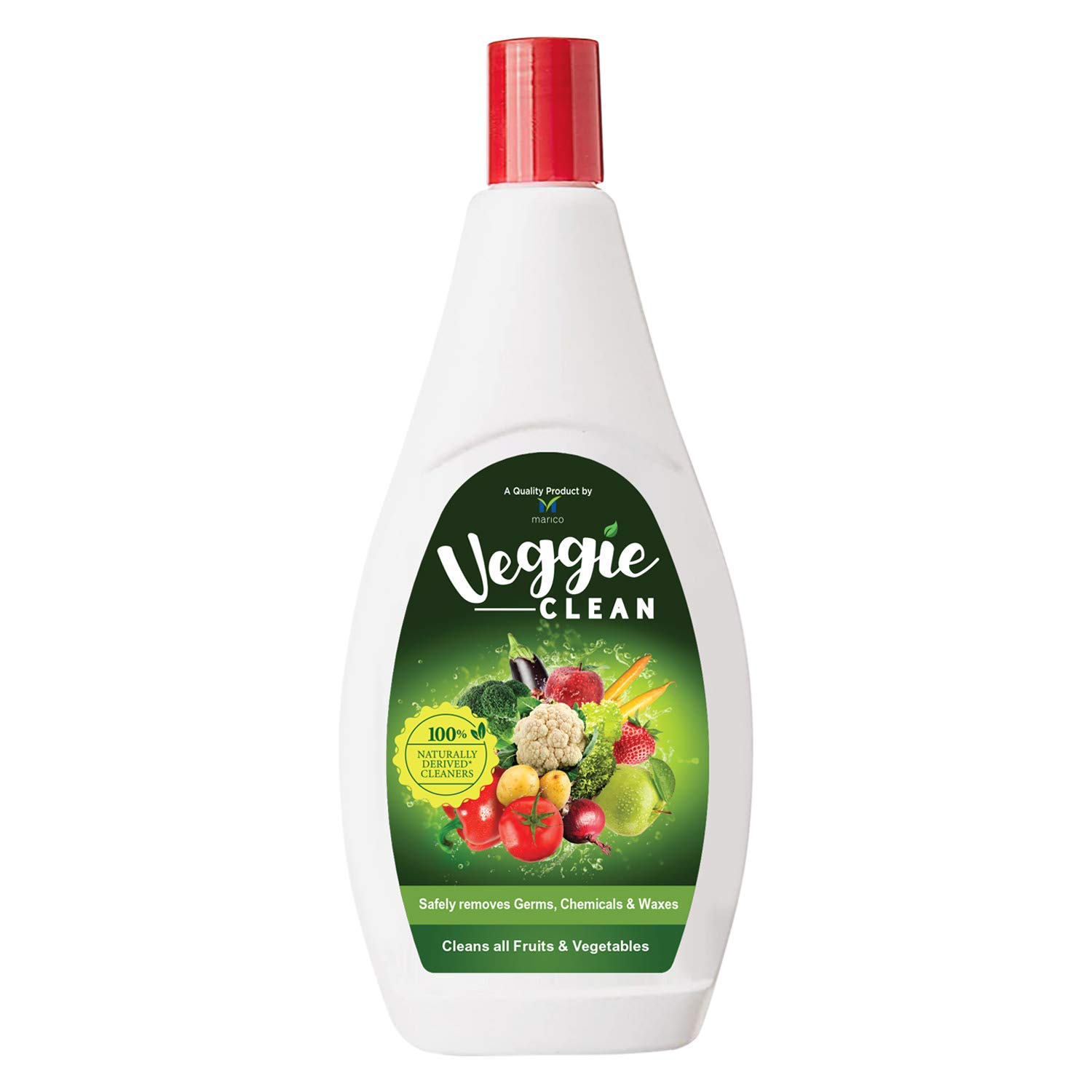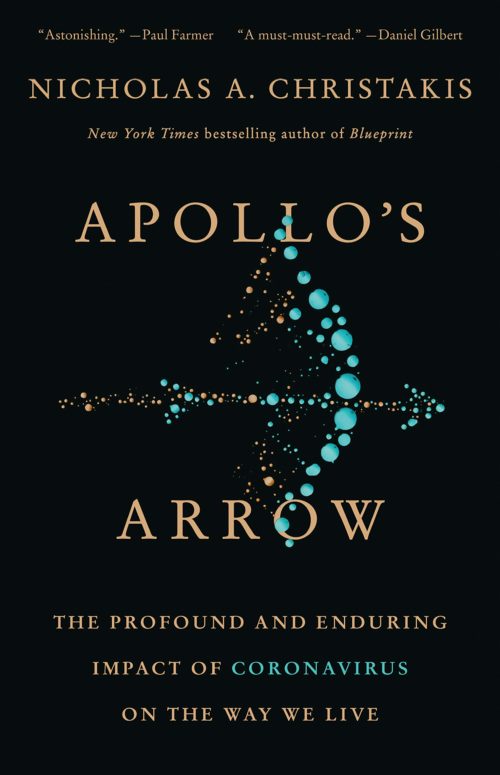In one of our first articles on the pandemic, we wrote that “every brand is now a healthcare brand”. Covid-19 has triggered a big focus on the need for hygiene and spurred innovation around hygienic and anti-bacterial product propositions across multiple categories, including beauty. healthcare, homecare, and even food and drink. Just one example of this is Marico’s recent launch of Veggie Clean, a product designed to help consumers clean fruit and vegetables and rid them of germs, bacteria, and chemicals.
What does hygiene really mean and how is it communicated by brands across different categories? This will be a continuing part of consumer expectations post Covid-19 and every brand will need to take on this important new meaning. How should you define and visualize hygiene? And how can you own ‘hygiene’ as a core brand value?
While Mariko’s Veggie Clean looks very natural, does it convey an image of cleanliness and hygiene? In a recent study across four countries, we sought to understand the ‘codes’ for hygiene across multiple categories where hygiene is a core value and also at some key beauty brands to see how beauty products are using the codes of hygiene.
Five examples of category codes for hygiene
Clean is particularly important for hand sanitizers, homecare and laundry products. Communication of clean, cleanliness, and cleaning power comes from a mixture of verbal and visual cues. Swirls, movement, splashes, and water are important visual signs for clean, as is the language of cleaning and names that reflect the underlying meaning such as Rinso and Dr Clean (also reflecting medical meanings).

Medical meanings including healing and health are common for antiseptic products, hand sanitizers, and skin cleaners. Medical symbols include ‘pharma’ style packaging and the use of more serious and simpler fonts on packaging. Medical meanings are also conveyed through brand and products names (see above) and the use of ingredient names linked to specific health benefits.

Power is an important meaning across all the different categories we studied, linking to ideas of strength, potency and protection (through strength). Powerful brands and products often use superhero imagery and language (Mr Muscle, ‘ultra’). Such products tend to have bolder fonts and use the language of strength or even warfare (such as “kills 99.9% of germs”, see below for more on this). Powerful brands also use visual symbols of power such as glowing or shining, tornados and swirls, and ticks and weapons such as swords.

Purity is another important meaning that spans across all the different categories we looked at, spanning meanings of purity, simplicity, and innocence, as well as the more mundane values of everyday, essential, and value brands. Pure brands and product lines have simple, “no frills” designs, and often a commodity feel. They tend to use clear packaging, white colours and transparency, and are often ‘childlike’.

Warfare is seen across multiple categories including oral care, embodying meanings of fighting, aggression, power, and danger. Brand names reflect the feeling of aggression as in Attack and Against, and the language of war is invoked in product descriptions. Some of the visual symbolism of warfare is similar to power, including flashes, movement, brightness, crosses, and ticks. Red colours are very common for such brands and product lines.

Innovating for new hygiene needs
While many of the categories show some shifts in meaning, from older brands to newer launches, the emerging trends in hygiene are best seen by looking beyond the core hygiene categories at how innovation and technology are being applied to address new hygiene challenges.
Several handgels that sanitize while also purifying and moisturizing have been launched over the past few months. Lifebuoy expanded their product range to include a ‘Germ Kill Spray’ in India. Other brands have been quick to launch hand sanitizers as part of their range of beauty products (or even alcoholic spirits such as 58 Gin).

On the more innovative front, FaSoLa launched a portable soap paper which you can carry around with you and dissolve in water as you need. The French brand Breen launched Safy in April, a universal handle that can be fitted over trolleys, baskets, handrails, door handles, and even on public transport. Several companies have also launched products that help consumers stay contactless such as the HygieneHook.

Technology has also come to the fore, with Immutouch launching a wristband that alerts you when you touch your face, The Casetify UV Sanitizer disinfects germs from your phone (let’s face it, our dirtiest possession) in three minutes. Monos have launched the CleanPod UVC Sterlilizer which is claimed to kill up to 99.9% of germs in 30 seconds with a magic wave of the ‘UV Wand’.

Taking hygiene to the next level
This study and our other work on the impact of Covid-19 show that hygiene is more important than ever to your customers, and the range of occasions and needs for hygiene is growing. Meanwhile technology and product innovation are driving hygiene categories into new territories and meanings.
Have you considered what this means for your brands and business, and how you can reassure consumers that your products and services are hygienic, healthy, and safe? Can you add a unique selling point or distinctive asset to your brands or product lines that help you stay ahead of other brands? Is there an opportunity to develop a new product to meet heightened needs for hygiene? If you would like to know more about this work and how it can help your business, please get in touch.
About Culture Kitchen
Culture Kitchen combines cultural insight with marketing, branding and behavioural change know-how to help you plan your brand’s future growth. Click here to download our free ebook covering the 7 Ways that Covid-19 will Shape the Future of Brands.






